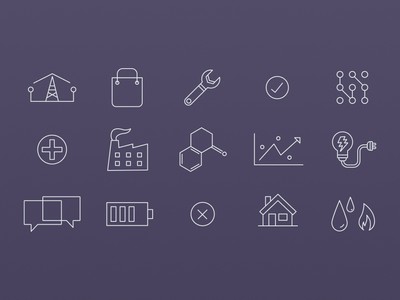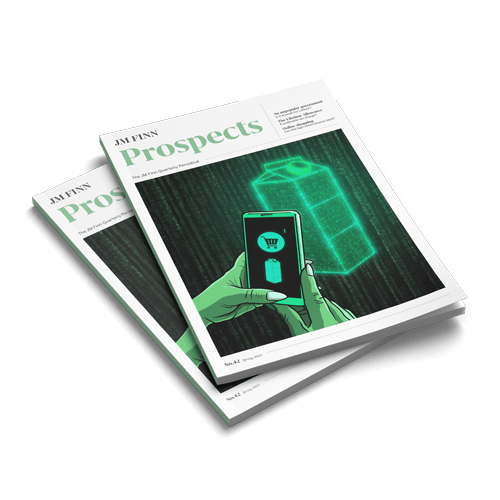Founded in 1986, discoverIE (formerly Acal) was originally an electronic component and IT distributor, however CEO, Nick Jeffries, has transitioned the business away from this model. Jeffries, a former general manager at distributor RS Group (formerly Electrocomponents), had seen first-hand the boom and bust cycles which typically come with this model, and wanted to put discoverIE on a more sustainable growth footing.
Since 2010, Jeffries has made a series of divestitures and acquisitions which have now made discoverIE a pure design and manufacturing company, focused on customised electronic components. The business sells into 66 countries with revenue split between Europe (48%), Rest of the World (41%) and the UK (11%).
By pivoting towards design and manufacturing (D&M), discoverIE has increased its repeat customer business and now counts 85% of its revenue as recurring. Under its D&M model, discoverIE’s engineers collaborate directly with customer’s engineers to design a bespoke component, such as a transformer for a wind turbine, which discoverIE then manufactures.
This engineer-to-engineer process requires technical expertise and can take up to two years. Customers are typically blue-chip multinational companies like Siemens and General Electric. Once approved, discoverIE’s components are designed into the full life cycle of their customer products, which can range from four to ten years. Customers are therefore less likely to switch to a competitor, particularly as discoverIE retains all intellectual property associated with the component’s design.
discoverIE also focuses on niche electronics and industrial applications, meaning competition is limited to small local operators that cannot offer the same level of supply-chain security. The move to a D&M model has provided discoverIE with more resilience, but so has the decision to focus on structurally growing markets which are less sensitive to the economic cycle. The business derives 76% of sales from United Nations Sustainable Development Goals aligned sectors of renewables, medical, transport, industrial & connectivity.
discoverIE’s components are designed into the full life cycle of their customer products.
Examples of discoverIE’s products into these sectors include; vertical ‘cone’ scanning for wind turbines used to analyse wind speed and direction to ensure maximum efficiency and yield; electric motors used for powering electric and hybrid electric vehicles; absorptiometry detectors used in bone density scanners; and light detectors for harmful gas emissions. discoverIE has thousands of different product categories.
These strategic decisions have led to strong growth; since 2014 organic revenue growth (from continuing operations) has averaged +7% with the underlying operating margin rising from 3.4% to 10.9% (FY22). Moving forward, Jeffries believes that the business can continue to grow sales well ahead of GDP by moving up the value chain, acquiring more high quality businesses and further internationalising its operations into faster growing industrial markets like North America.
A strength and weakness of discoverIE is its decentralised model. The group is comprised of over 20 operational companies (‘opcos’) and 30 manufacturing sites. Each opco retains a high degree of autonomy but operates within a reporting and regulatory framework provided by discoverIE’s head office. The advantage of this structure is that opcos are nimble and can make decisions more quickly, like dealing with covid-induced supply chain disruptions which have plagued the industry. On the flipside, senior management have less control meaning underperformance of opcos can take longer to address.
Perhaps the largest near-term risk to the group is global industrial demand. Currently, the business is performing well and has a record order book, providing c.6-7 months of sales visibility. Beyond this period though, they lack visibility, and believe that if demand does drop - due to a deteriorating macroeconomic backdrop - it will impact the group across the board and will likely occur abruptly. Forecasting how discoverIE would perform in a recessionary environment is challenging. Its business model has changed substantially over the past decade and assessing its performance against the atypical covid lockdown recession of 2020 does not provide much insight. This creates more forecasting uncertainties versus more established UK industrial companies.
Additionally, as supply chain bottlenecks are now starting to ease, customers are utilising more of their inventories, leading to slower order book growth. Pre-covid, discoverIE’s order book visibility was c.4 months. Customers have remained tight lipped about whether they intend to return to these levels. If they do, this could amplify any macro economic weakness.
Illustration by Adam Mallett



